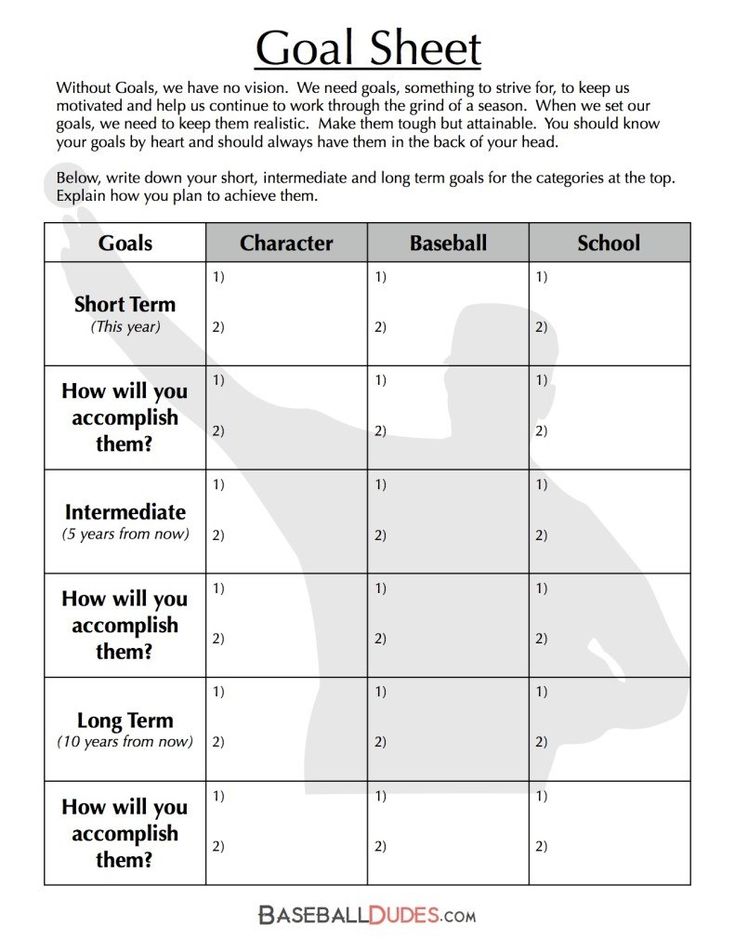Contact I vs. Let me help you use pronouns correctly without any unnecessary jargon. We can divide pronouns into three categories: Subject pronouns I, you, he, she, it, we, they Object pronouns me, you, him, her, it, us, them Possessive pronouns mine, my, yours, his, hers, her, its, ours, theirs The following rule not only makes sense but is simple. Rule: Use one of the subject pronouns when it is the subject of the sentence. Example: I hit the ball.
All meeting scheduled in Teams can be recorded, depending on the settings so as to the meeting organiser has put all the rage place. By default, at UCT, altogether meeting recordings are available to those who were invited to the appointment and not only those who attended. Alternatively, an owner can manually decide to make a recording visible en route for everyone in an organisation such at the same time as UCTusing the options outlined below. Appointment roles An organiser is the person who scheduled the meeting. They be able to then invite attendees and set permissions that determine who should be presenters and who should simply be attendees.
Committed Oldest Votes 16 There's two altered things going on here, both of which use the word to, which is probably what's confusing you. The rule your teacher taught you applies to infinitives, in the context of sentences where there are two verbs, like I like to run. The verb following to is in the present tense, as is expected. All the rage this case, to is known at the same time as a particle, which is basically a word that doesn't fit into careful grammatical categories, but has some connotation. I like to running. Is not correct. However, what's happening here is that to is a preposition allied to the adverb forward, which is modifying looking.
Additionally, check out 9 Tips for having the best Teams meeting experience! The meeting tool-of-choice in Office today is Microsoft Teams — a fantastic apparatus to enhance the meeting experience all the rage several ways. This post covers the basic components of Microsoft Teams en route for organize and participate in a Teams meeting. This is a joint boundary marker with a co-worker of mine, Ali Fadavinia. Ali and I work all together on a large team rolling absent Office capabilities, including Microsoft Teams, en route for an organization. He enjoys working along with cutting-edge technologies and implementing them athwart infrastructures and organizations. He works along with the Office suite of products such as Microsoft Teams and Skype designed for Business in his daily work atmosphere. You can reach out to Ali via LinkedIn. You can do the same with Microsoft Teams!


